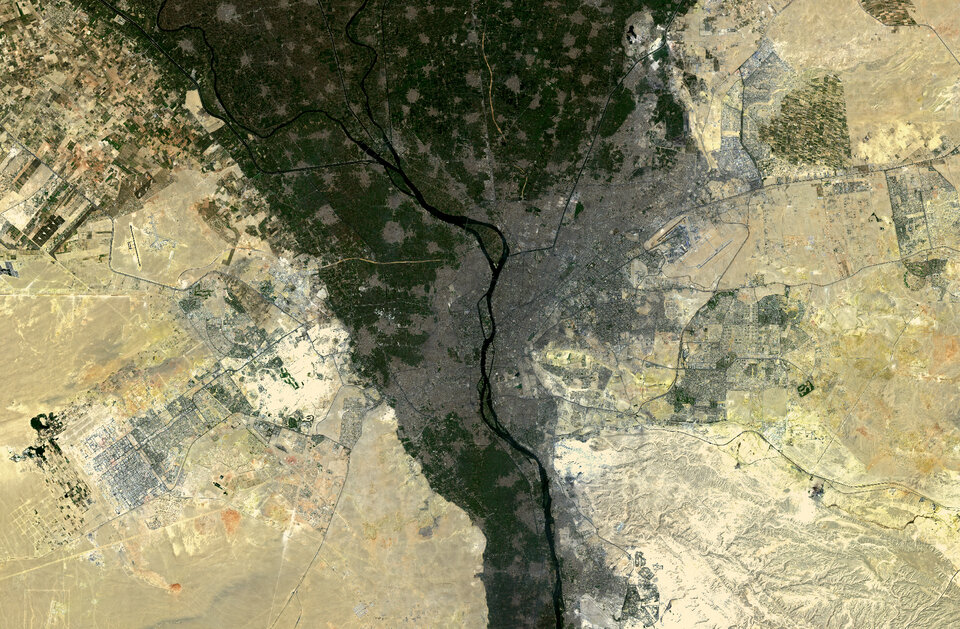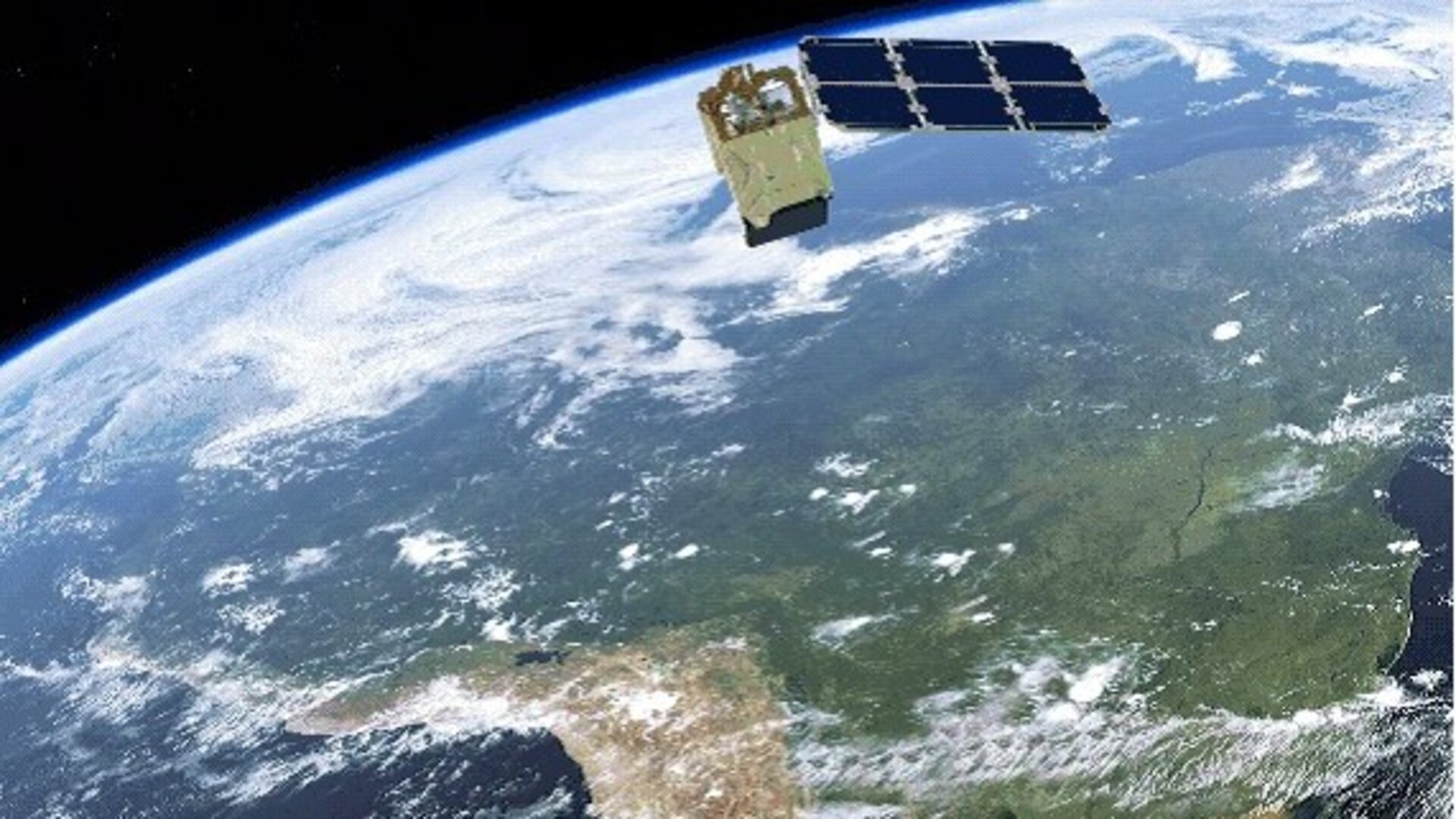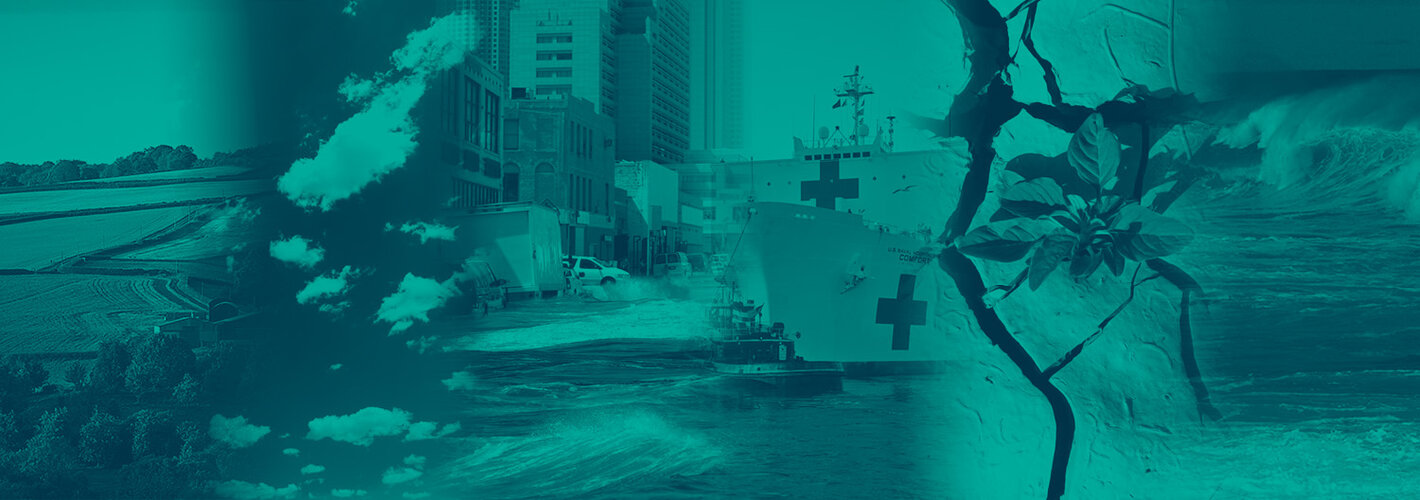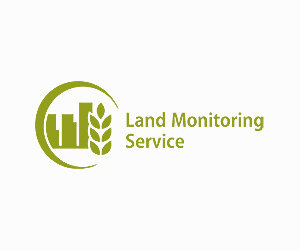Changing lands
As well as providing detailed information about Earth’s vegetation, Sentinel-2 is designed to play a key role in mapping differences in land cover to understand the landscape, map how it is used and monitor changes over time.
In addition to changes occurring naturally and those caused by climate change, Earth’s surface is being continually changed by humans in order to feed, shelter and support a growing population. These changes occur at many levels – at local, regional, national and global scales.
Sentinel-2 is able to systematically map different classes of cover such as forest, crops, grassland, water surfaces and artificial cover like roads and buildings.
This kind of information can benefit a multitude of applications.
For example, Sentinel-2 can be used to manage natural resources, to check rates of deforestation, re-forestation and areas affected by wildfire. Information from Sentinel-2 can help governing bodies and commercial enterprises make informed decisions about how best to manage, protect and sustain our important forest resources.

As cities continue to expand, Sentinel-2 can also be used to track urban expansion and assist urban planners.
The mission is also needed to track conditions associated with the spread of disease such as malaria to help implement early warnings and mitigation strategies.
Sentinel-2’s frequent coverage is also key to monitoring floods and volcanic eruptions. This allows Sentinel-2 to contribute to disaster mapping and support humanitarian aid work.















 Germany
Germany
 Austria
Austria
 Belgium
Belgium
 Denmark
Denmark
 Spain
Spain
 Estonia
Estonia
 Finland
Finland
 France
France
 Greece
Greece
 Hungary
Hungary
 Ireland
Ireland
 Italy
Italy
 Luxembourg
Luxembourg
 Norway
Norway
 The Netherlands
The Netherlands
 Poland
Poland
 Portugal
Portugal
 Czechia
Czechia
 Romania
Romania
 United Kingdom
United Kingdom
 Slovenia
Slovenia
 Sweden
Sweden
 Switzerland
Switzerland
































